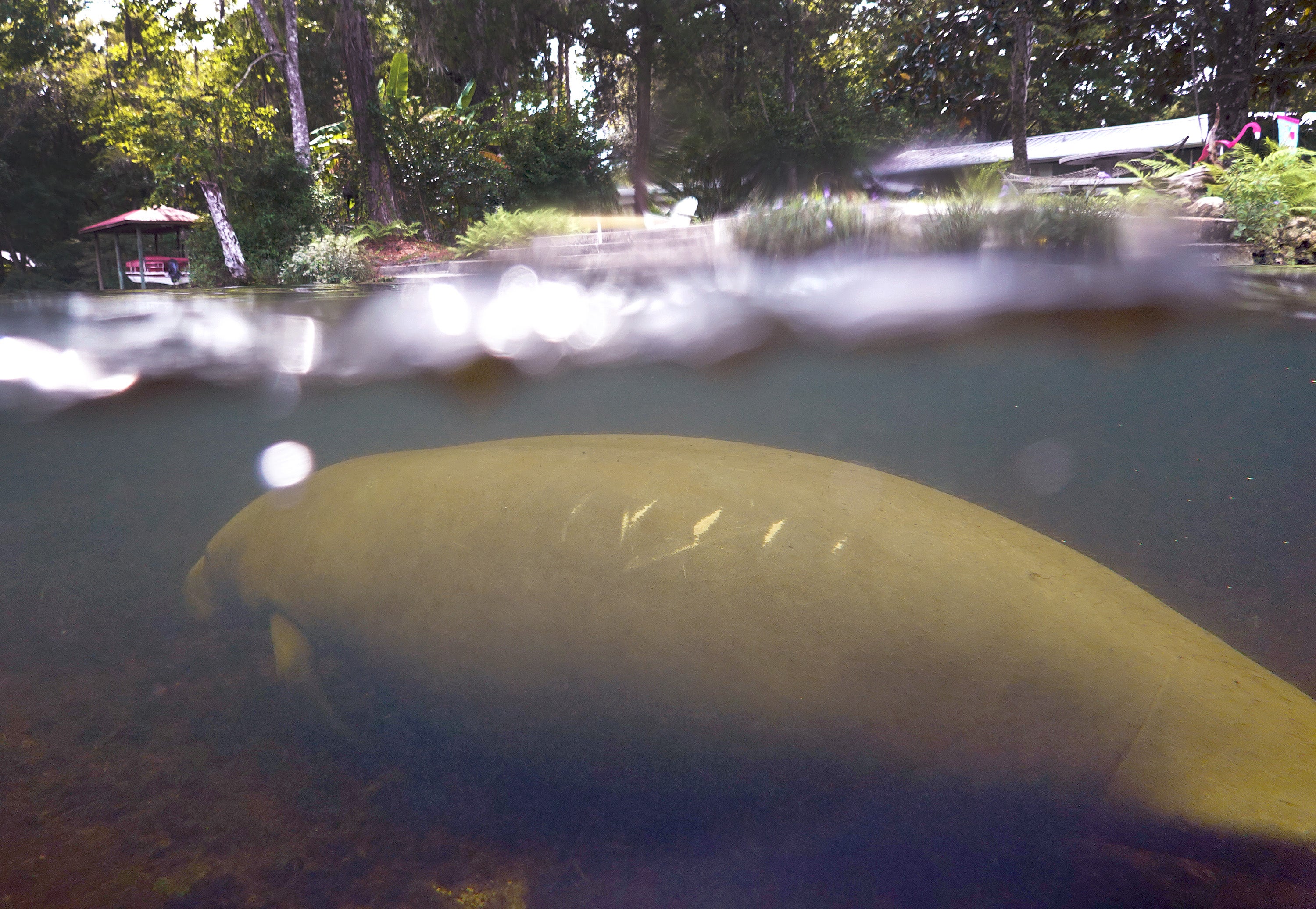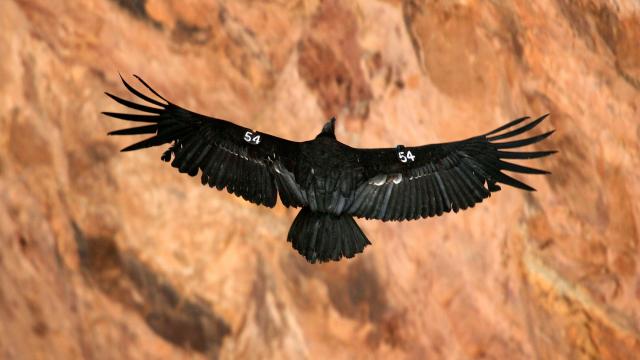Next year, the Endangered Species Act will turn 50. But a team of researchers that analysed the thousands of plants and animals protected by the act has found that a small fraction of those species actually recover.
Since the legislation was passed in 1973, only 54 species have been delisted because their populations sufficiently recovered. 2,367 species are on the list today, per the U.S. Fish & Wildlife Service.
The Endangered Species Act is a crucial piece of legislation, but according to this new research, species are getting protected too late. Once they are listed, the FWS doesn’t have the means to help the populations recover. The team’s analysis of the low recovery rate was published today in PLoS ONE.
“Our study paints the current state of the ESA as a bit of a cautionary tale for aspirational conservation policy,” said Erich Eberhard, an environmental biologist at Columbia University and the paper’s lead author, in an email to Gizmodo. “Here in the US, we have this incredibly powerful, ambitious law to protect imperiled wildlife, and yet for decades the agency primarily tasked with operationalizing said law (FWS) has been starved for resources.”
The researchers reviewed the species listed for protection from 1992 to 2020, building on a 1993 study in Conservation Biology that reviewed the species on the endangered species list up to that point.
The older work found that species being listed for protection already had critically small populations. On average, there were 120 remaining individuals among listed plant species, 999 individuals among invertebrate species, and about 1,075 individuals among vertebrate species.
Of the 970 species listed in the 28-year timeframe scrutinised by the recent team, 68% were plants, 18% were invertebrates, and 14% were vertebrates.
The researchers also looked at trends in wait times, or how long it took to protect species that were identified as possibly deserving protection. The Endangered Species Act prescribes a roughly 2-year period from when a species is first recommended for listing and when a final decision must be made about their conservation status. “Our data show that this process frequently takes much longer,” Eberhard said.

Humankind tends to act a little too late when it comes to the conservation of species; ironically, humans are often those responsible for the species’ endangerment. Such was the case of the now-legendary ivory-billed woodpecker, a nearly two-foot-long woodpecker native to the southeastern United States and presumed extinct since the mid-20th century.
The bird was a collector’s item for taxidermists by the 1930s and was last seen in the wild in 1944, but it wasn’t listed as endangered until 1967 under the Endangered Species Preservation Act, the precursor to the Endangered Species Act.
The act is also not the end-all, be-all of conservation indicators. The open-access NatureServe Explorer database details the presumed conservation statuses of tens of thousands of species not included on the endangered species list.
Many species, like the tuxedo darter (a fish native to Kentucky and Tennessee) and the brother spike (a mussel now limited to Georgia, Florida, and South Carolina) are critically imperiled according to NatureServe but absent from the endangered species list.
The biggest threat to biodiversity is habitat loss, the vast majority of which is driven by human activity. Designating areas as ‘critical habitats’ — which forbids any activity that would adversely affect the habitat — is a vital component of conservation. Though the Trump administration defined the term more narrowly, that decision was reversed in July.
Besides the government’s delay in listing endangered species as such, Eberhard’s team found that FWS is not being provided with enough resources to help the species once they’re listed.
The United Nations Convention on Biological Diversity will meet in December, around the 49th anniversary of the Endangered Species Act’s passing. They’d do well to ensure species are protected in a timely fashion, and local authorities are given the means to enforce those protections.
More: The Tragically Human End of the Ivory-Billed Woodpecker
